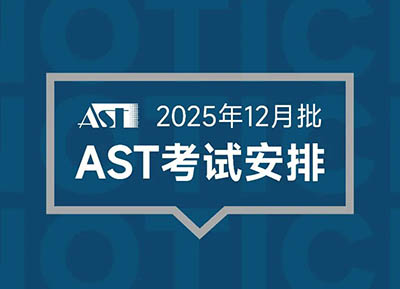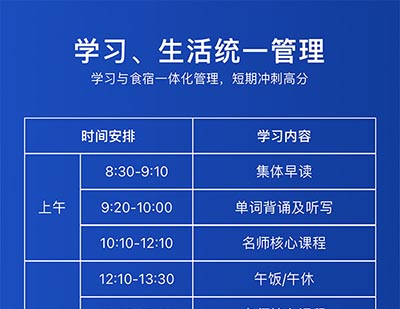在过去十年,移动支付(数字支付或电子支付)逐渐无缝衔接到消费者的现代生活中,取代现金支付成为大多数人的主要支付方式。现金支付为什么会衰退,移动支付的利弊都是什么,本期从网上给大家分享一下写作思路。
The Dash from Cash
Dash: going somewhere quickly.
Over the past decade, digital payments have taken off and now this payment revolution is about to turn cash into an endangered species in many economies. Countries dematerialize payments at varying speeds. But the direction of travel is clear, and in some cases the journey is nearly complete.

Cash is dying out because of two forces. One is demand—younger consumers want payment systems that plug seamlessly into their digital lives. But equally important is that suppliers, such as banks, tech firms and telecoms companies, are developing fast, easy-to-use payment technologies from which they can pull data and pocket fees.
There is a high cost to running the infrastructure behind the cash economy—ATMs, vans carrying notes, tellers who accept coins. Most financial firms are keen to abandon it, or deter old-fashioned customers with hefty fees.
Cash is inefficient. In rich countries, minting, sorting, storing and distributing it is estimated to cost about 0.5% of GDP. When payments dematerialize, people and shops are less vulnerable to theft. Governments can keep closer tabs on fraud or tax evasion. Digitalization vastly expands the playground of small businesses and sole traders by enabling them to sell beyond their borders. It also creates a credit history, helping consumers borrow.
Yet set against these benefits are a bundle of worries. Electronic payment systems may be vulnerable to technical failures, power blackouts and cyber-attacks.
In a cashless economy the poor, the elderly and country folk may be left behind. And eradicating cash, an anonymous payment method, for a digital system could let governments snoop on people’s shopping habits and private titans exploit their personal data.
本网站注明"来源:朗思教育"的所有文字、图片和音视频稿件,版权均属杭州朗思教育咨询有限公司所有,任何媒体、网站或个人未经本网协议授权不得转载、链接、转贴或以其他任何方式复制、发表。
已获得本网站授权的媒体、网站,在使用时必须注明"来源:朗思教育",违者本网将依法追究法律责任。
课程推荐
-

【朗思】雅思预备B冲6分班
滚动开班 课时数:20/60课时 -

【朗思】托福强化冲刺90分课程(S2)
滚动开班 课时数:32/96课时 -

朗思教育2021 SAT寒假精品课报名中
2021寒假期间 课时数:咨询校区老师 -

【朗思】GMAT强化班
滚动开班 课时数:24/72课时 -

【朗思】A-level VIP 1对1课程
滚动开班 课时数:/
专题课程
相关阅读
-
2025年12月AST考试时间安排出炉,新增信息技术科目
2025-09-26
-
2025年托福考试时间表及备考计划建议
2024-12-24
-
2025下半年-2026上半年SAT考试考位开放报名
2025-05-21
-
出国留学读研,GRE到底考不考?
2025-03-18
-
上实剑桥国际高中部2026年预录取招生简章_考试大纲
2025-09-26
-
托福培训机构怎么选,杭州托福哪家好?
2021-09-07
-
杭州寒假雅思封闭班推荐
2022-10-10
-
2025年7月ACT考试被大面积取消,9月改革后首场值得参加?
2025-07-21
-
高效利用28天,雅思写作5分提高到6.5分
2024-08-13







